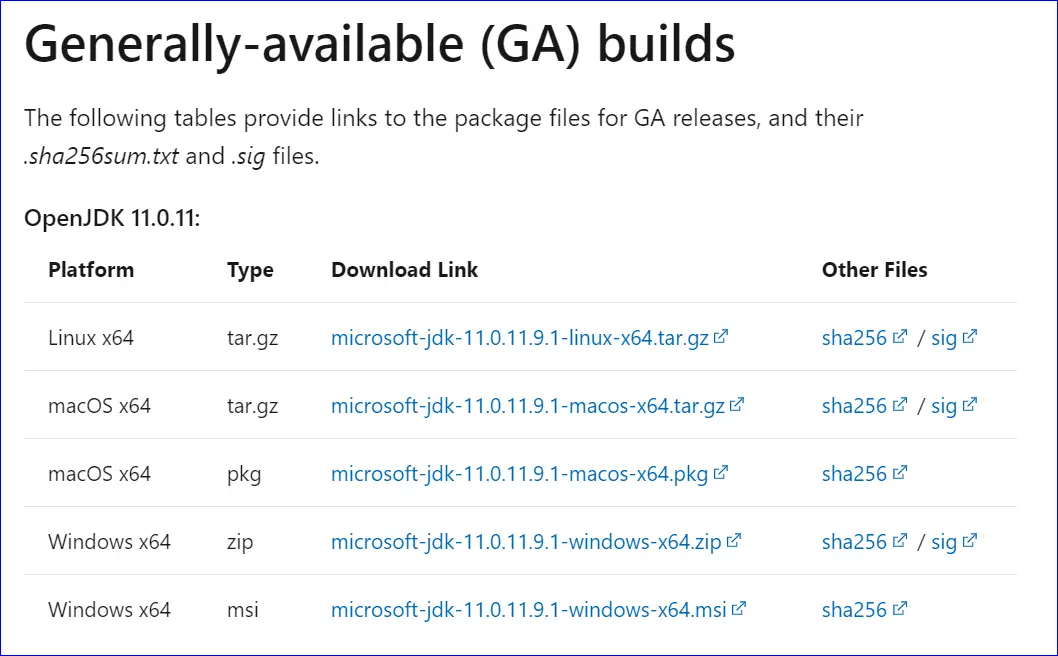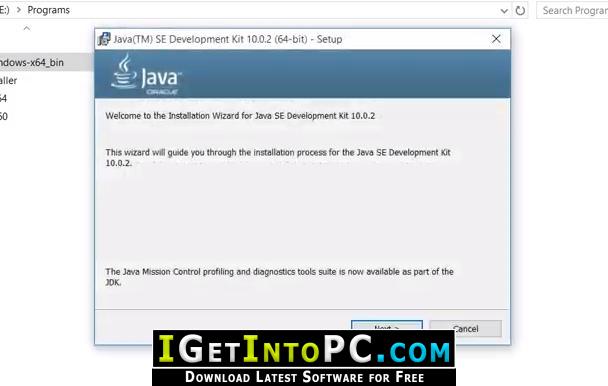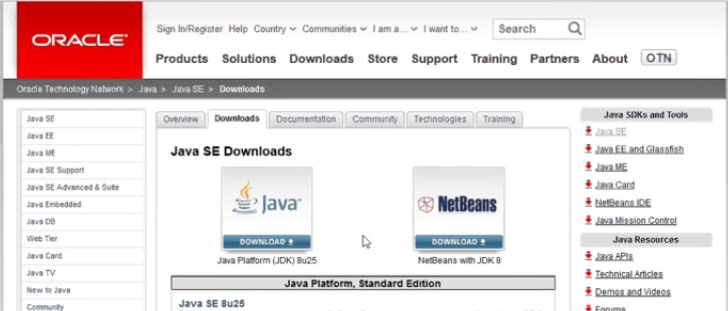
 If it prints nothing, it has not been set yet. Check if it is there with the echo command in terminal: echo $JAVA_HOME
If it prints nothing, it has not been set yet. Check if it is there with the echo command in terminal: echo $JAVA_HOME  Next, we will set the java_home environment variable. Type the command into terminal It will show you the OpenJDK Environment and the version installed: Java -version. Follow the links in the Zulu Guide under Post Installation Tasks for verifying installation on your machine (Windows, Linux, etc).
Next, we will set the java_home environment variable. Type the command into terminal It will show you the OpenJDK Environment and the version installed: Java -version. Follow the links in the Zulu Guide under Post Installation Tasks for verifying installation on your machine (Windows, Linux, etc). 
Next, we’ll follow the Post Installation Tasks. This shows us where the JDK has been installed.
Copy the first part of the path that appears on your terminal screen:Ĭd /usr/lib/jvm/zulu-8 -amd64 (or whatever install path you copied from the terminal in the last step). For example, we used the command for installing Zulu for Ubuntu or Debian. Under “Installing Zulu” choose the correct APT command for installation. Go back to the table of contents in the Zulu guide:. After the commands have been entered, you’ll need to do an app update (Step 4 in the Attach the APT Repository instructions). 
Type them exactly as provided as if you copy from the PDF and paste into terminal, the formatting from the PDF will cause problems.
You can copy the commands provided in the guide directly into your terminal, one command at a time. You will be following the APT section: Attach the APT Repository on an Ubuntu or Debian System. This page offers two sections, one for Yum and one for APT. If you are using a yum or APT repository, complete the steps in: Attach Azul Package Repositories. Click on the link in #3 of the guide: Attach the Azul package repository. Click on the link: Preparing the Zulu Installation Platform. Click on the Installation on Linux Using a Yum or APT Repository in the table of contents. Open the Zulu JDK install guide from here:. If it says ‘javac’ not found, it can be installed. First, check to see if there is already a JDK installed. Or, if you prefer to follow written instructions:












